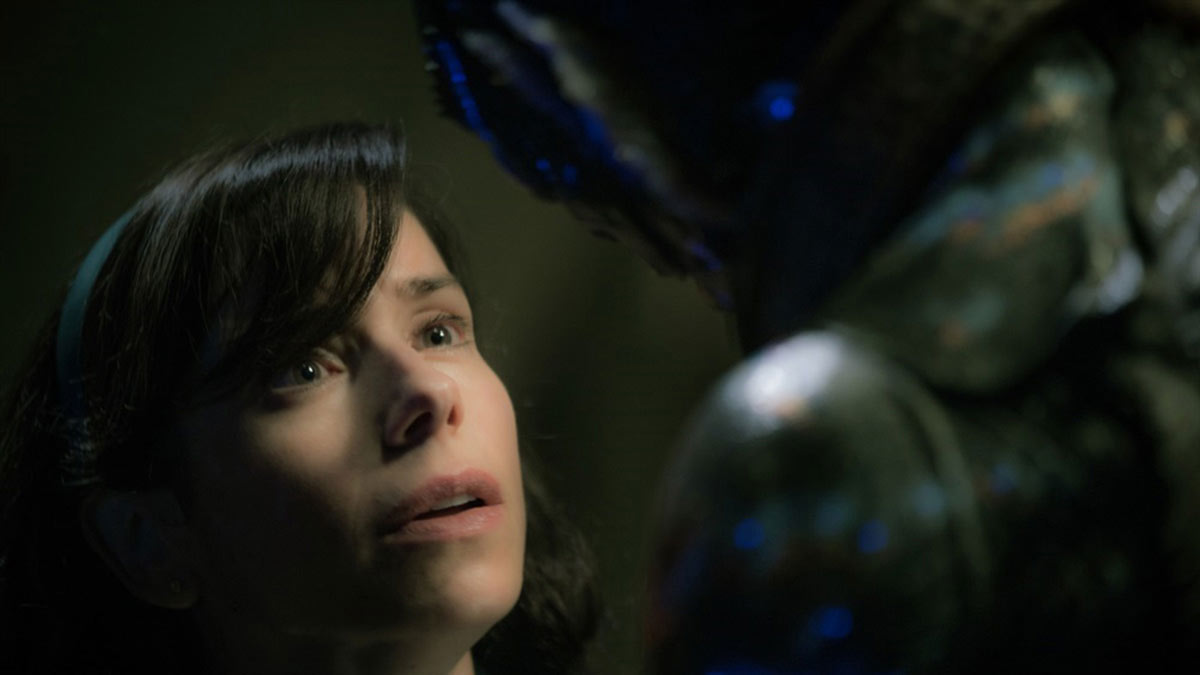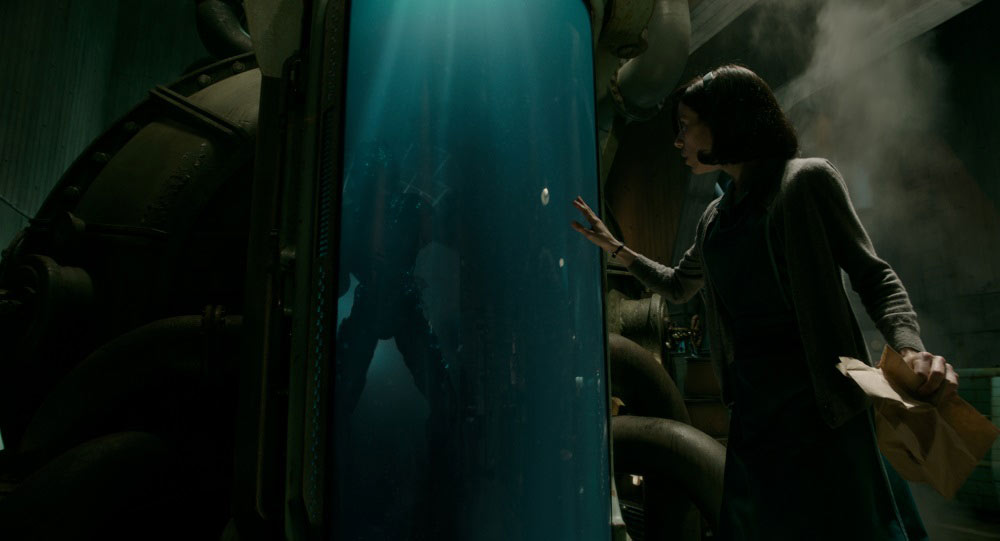
(C)2017 Twentieth Century Fox
This is how the bizarre yet beautiful creature created by Guillermo del Toro in “The Shape of Water” is completed.
2018.03.02
Wide range of influences from Japanese ukiyo-e to Greek sculpture
Guillermo says that this strange love for monsters and monsters is not just due to otaku tastes, but also stems from the "sadness" they carry. "In Western culture, monsters are depicted as enemies of humans. But in Japan, youkai and monsters are rooted in culture and have become beloved characters. We are simply in awe of their power and beauty," he explains. This love for monsters is also condensed in his new film, "The Shape of Water." The story is about a half-fishman-like creature that lived in the Amazon that is brought to a research facility in America during the Cold War in 1962.

“The Shape of Water” (C)2017 Twentieth Century Fox
Naturally, Guillermo's attention to detail is apparent in this half-fish creature, but when he designed the Kaiju in "Pacific Rim," he also claimed that he pursued originality without being conscious of his beloved Japanese monster characters. Naturally, the comparison with this half-fish creature is the famous 1954 film "Creator of the Black Lagoon." Guillermo and the designers consciously removed the image of that famous half-fish man from their minds when they created it.
Guillermo del Toro's designs and cinematography tend to avoid direct citations like this, even though he pays homage to past films. Rather, he often brings in the most suitable elements from other genres such as painting, sculpture, and literature. For the merman in "The Shape of Water,"The Shape of Water's "Koi" was used as a reference. Fish scales drawn in the style of ukiyo-e were grafted onto the merman's skin. The color balance of black and yellow was also referenced. Regarding this ukiyo-e, even in the sea action in "Pacific Rim," Guillermo asked visual effects studio ILM to "reproduce the waves of Hokusai's famous "The Great Wave off Kanagawa." This "The Great Wave off Kanagawa" is also faintly replicated in the plaster on the wall of the heroine's apartment in "The Shape of Water."

